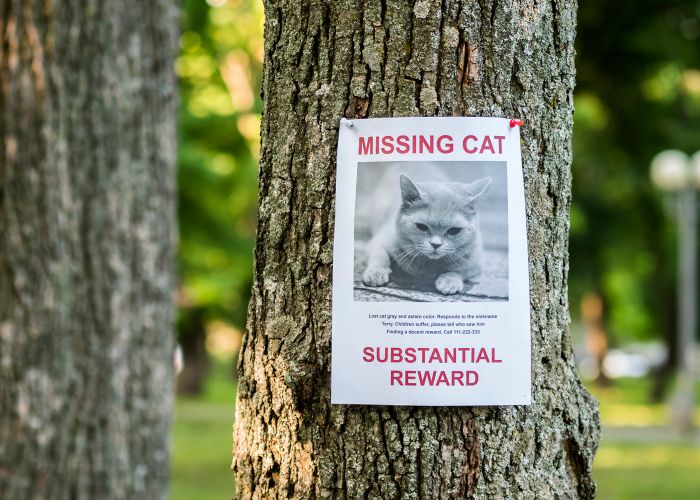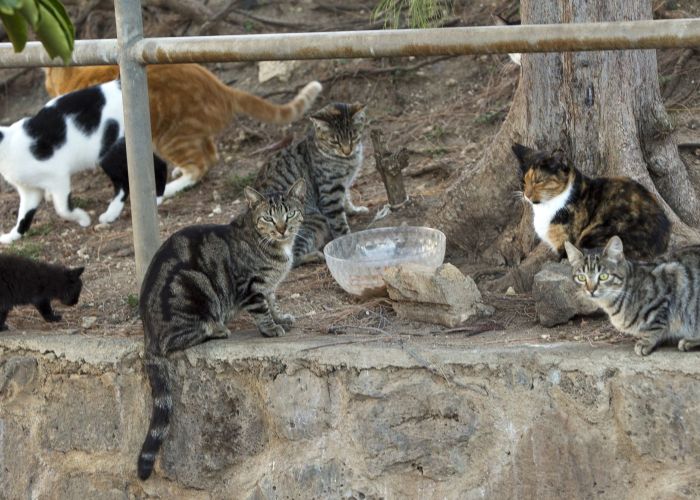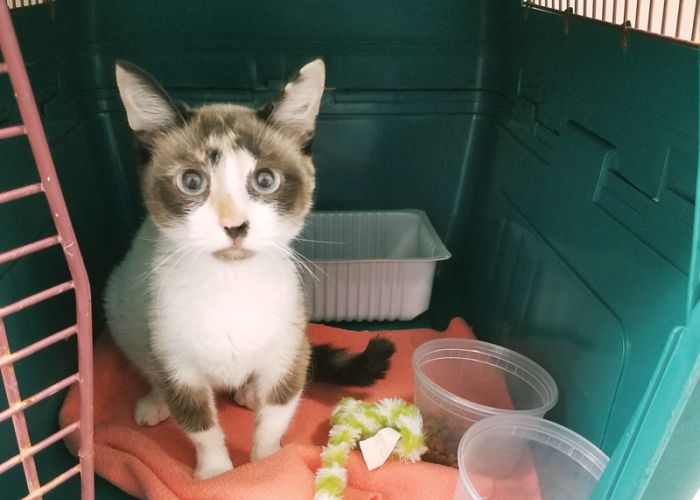Do you want chips with those tips?
Weighing the costs and benefits of microchips for community cats

When Feral Freedom launched the first large-scale return-to-field program in Jacksonville, Florida, nearly a decade ago, many people in the animal welfare world were skeptical of the new approach. At the time, nearly all trap-neuter-return (TNR) programs worked closely with colony caretakers to capture and sterilize the cats; under the Feral Freedom model, healthy feral cats brought into the shelter would be neutered and returned to their territory whether or not a caretaker was identified.
To address people’s fears that these cats would be more susceptible to bad outcomes than those in a traditional TNR program, Feral Freedom decided to microchip them. This way, Jacksonville Animal Care and Protective Services could learn if cats in the program ended up being hit by cars or suffering other misfortunes.
“We needed a way of knowing we were doing the right thing,” explains Cameron Moore, who helped lead Feral Freedom and now serves as program manager for the Million Cat Challenge campaign.
Of the nearly 5,400 cats tipped and chipped that first year, only one was later found to have been killed by a car. Feral Freedom received a handful of calls about the other cats—but they were from people who adopted cats they found on the street and traced their microchips back to the shelter.
For Feral Freedom, the $28,000 it initially spent on microchips was worthwhile because it helped allay fears about a different strategy. But after the first year, the program stopped microchipping; its leaders reasoned that the money would be better allocated to sterilizing more cats.
Whether a TNR program uses microchips is typically determined by a cost-benefit analysis, says Katie Lisnik, director of cat protection and policy for The HSUS.
The benefits of microchips for returning companion animals to their homes are well-established. According to a 2009 study published in the Journal of the American Veterinary Medical Association, 38.5 percent of microchipped cats brought in as strays to shelters are reunited with their owners, while the return-to-owner rate for stray cats without chips is less than 2 percent. In places where humane law enforcement officers have the equipment to scan in the field, a chip can save a cat from ever coming into the shelter.
At the same time, however, effective community cat sterilization programs must be able to treat hundreds or thousands of cats as economically as possible. This means that every nonessential service must be carefully considered in light of an organization’s budget and long-term goals.
San Antonio Animal Care Services is another organization that stopped routinely microchipping community cats. It’s not that the agency doesn’t see the value of this technology: In 2015, the city replaced mandatory licensing with a requirement that pets be microchipped. But in the case of community cats, the agency decided that the costs outweighed the benefits.
“Overall,” says Lisnik, when it comes to microchipping community cats, “each community and program needs to decide what approach is right for their specific circumstances.”

Many roads home
If you’re involved in drafting a TNR ordinance, keep in mind that some stakeholders may push for mandatory microchipping, claiming it’s the only way to ensure that any impounded cats get back to their colonies. But you can achieve the same goal by exempting ear-tipped cats from licensing requirements and running-at-large provisions, so that they don’t come into the shelter in the first place, Moore says. Those brought to the shelter as strays by the public can be vetted and returned to where they were found through a return-to-field program. With this scenario, cats don’t need microchips to get back home. But if policymakers insist on requiring microchips, then Desiree Triste-Aragon, who runs community cat programs in several cities for Best Friends Animal Society, advises you can “make it happen if it means moving forward with the program.”
Of course, you may decide that microchipping is worth the extra cost. In Sarasota, Florida, county law allows for TNR but also specifies that any cat removed as a nuisance can’t be returned to the same location as the complaint. A microchip allows the caretaker to reclaim the cat and relocate him if necessary. That’s why the Cat Depot, a local feline rescue, considers microchips a necessary safety net for the community cats it sterilizes. “Unfortunately, not having a microchip usually means euthanasia for cats picked up by animal control,” says Cody Carlson, shelter admissions and program manager.
In areas where rabies is a concern, microchips can provide a way to find vaccine records for a particular cat, especially when several cats in the colony look alike. If a friendly community cat is picked up by a Good Samaritan, a chip can help him get back home.
Alley Cat Allies, a national feral cat advocacy organization, has encountered enough localities where an ear-tip isn’t enough to get a cat home that the group now routinely microchips cats in the TNR efforts it coordinates. But a chip alone isn’t enough to save lives either—it needs to be found through proper scanning and have current information attached to it. That’s what prompted Alley Cat Allies to launch the Plan to Scan campaign earlier this year. “The aim is to make scanning as common as turning on the lights,” explains president and founder Becky Robinson.
For communitywide TNR efforts that opt to microchip all the cats, there is some good news. Several microchip companies now offer chips that are registered to the organization purchasing them, not to the individual caretakers. Since the companies aren’t maintaining as much data, they can offer the chips at a lower cost. However, this means the TNR organization must keep records on which cat got which microchip and where each cat lives.
This recordkeeping is key—and it could hold more benefits than just matching cats to their colonies and vaccination histories. If you’re already maintaining a microchip database, you can track other details without much additional effort. How many of your ear-tipped, microchipped cats are later brought to a shelter? How many are adopted from the street? Can you identify neighborhood trends? What else could your data tell you?
Data is “not just about demonstrating that TNR works,” explains Lisnik. “Data can help our efforts be more effective, so if these cats are getting microchipped, let’s make use of that data.”






